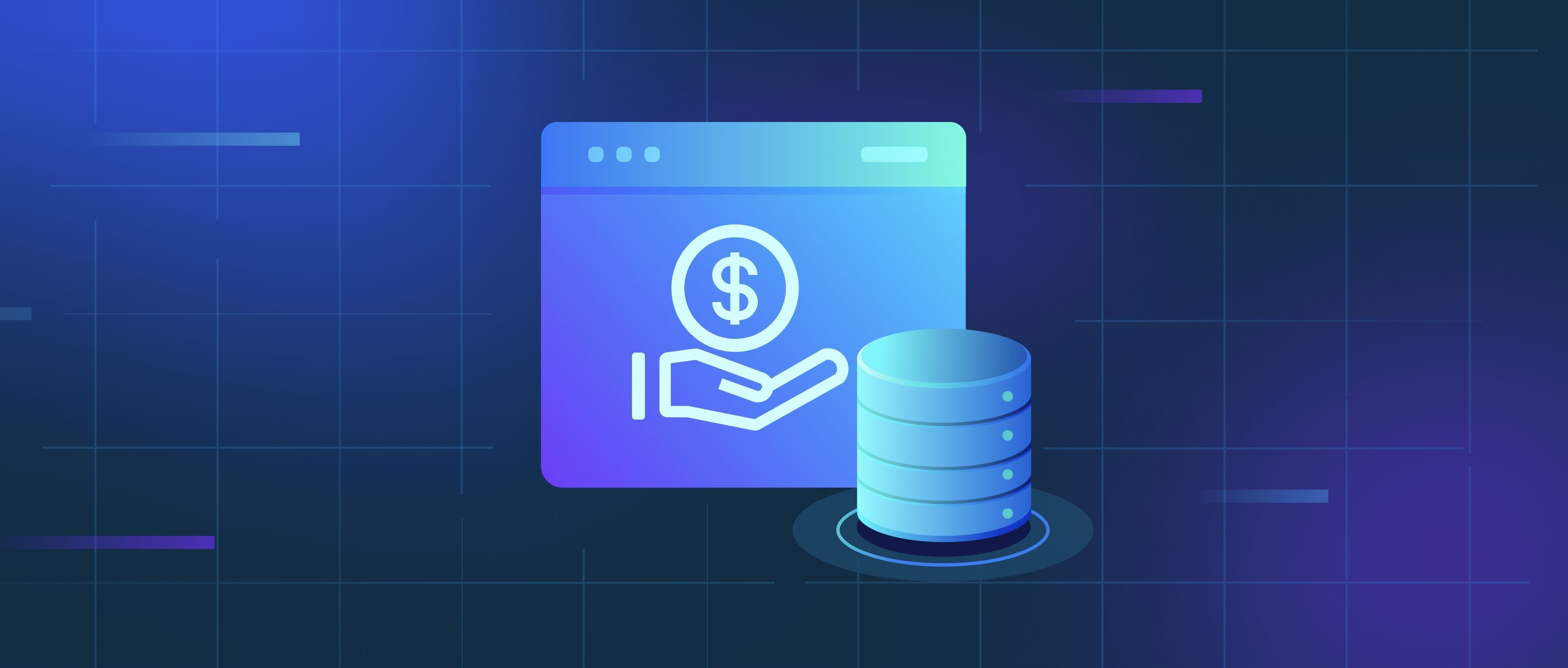An API, or Application Programming Interface, in the context of OpenAI is a set of tools and protocols that developers can use to interact with OpenAI's models, such as those for language processing or image generation. Essentially, it allows developers to send requests to OpenAI's servers and receive responses that include generated text, analysis, or other outputs based on user input. By utilizing the API, developers can integrate powerful capabilities into their applications without needing to understand the underlying technology in great detail.
For example, if a developer wants to create a chatbot, they can use the OpenAI API to handle the natural language understanding and generation. By sending a user’s input as a request to the API, they can receive a relevant response generated by the AI model. The developer would construct the request in a specified format, such as JSON, and send it via HTTP to the API endpoint. The API then processes the input and returns the output, which the developer’s application can use to display to the user or process further.
Additionally, OpenAI provides documentation, including code examples, to help developers get started quickly. The API typically includes parameters that allow for customization of the output, such as temperature settings that control randomness or options to specify the context. For instance, if a developer is using the API for a content generation task, they can adjust these parameters to fine-tune the style and coherence of the generated text. This flexibility makes the OpenAI API a powerful tool for developers looking to enhance user experience or automate tasks across various applications.
